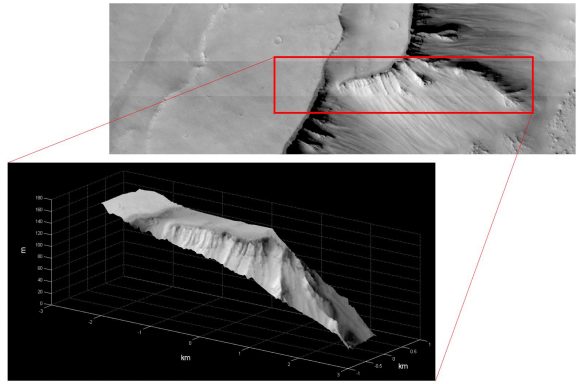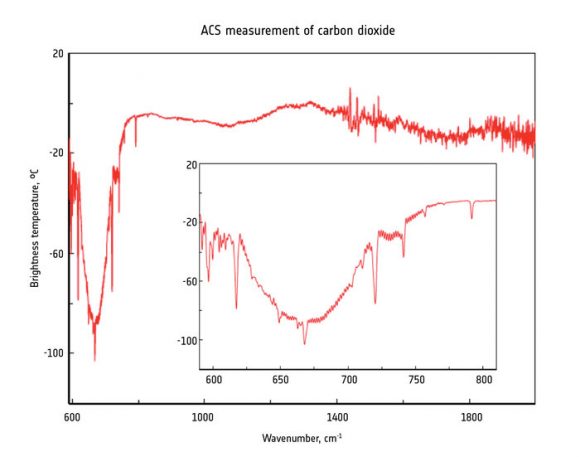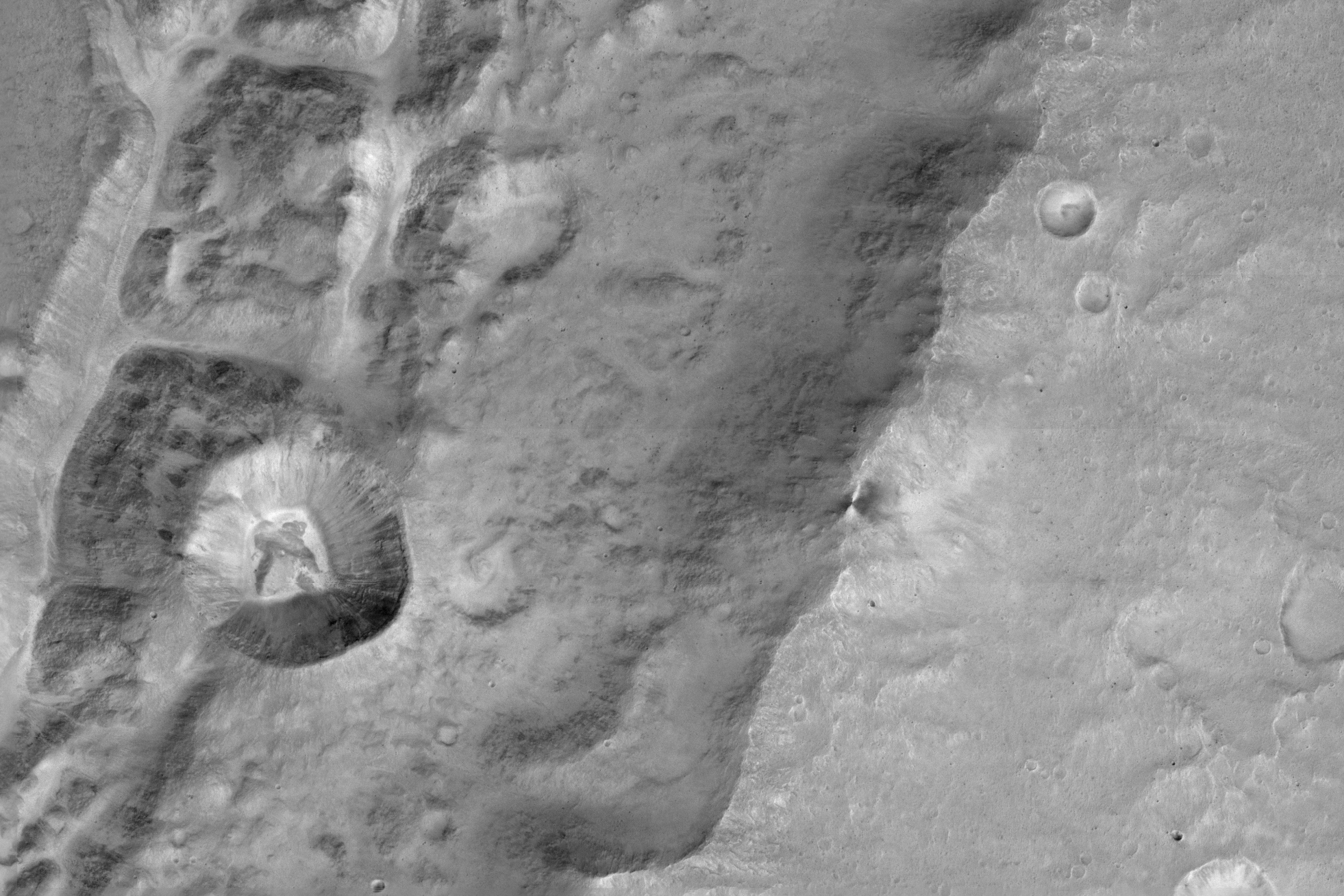The first images taken by the newest mission to Mars have been released, and the teams behind the instruments on ESA’s ExoMars Trace Gas Orbiter are ecstatic.
“The first images we received are absolutely spectacular – and it was only meant to be a test,” said Nicolas Thomas, who leads the Colour and Stereo Surface Imaging System at the University of Bern.
The ExoMars TGO arrived in orbit at Mars over a month ago, on October 19, 2016 along with the Schiaparelli lander, which unfortunately crashed on the surface of Mars.
“A lot of public attention has been on the failed landing of Schiaparelli,” said Thomas, “but TGO has been working really well so we have been extremely busy in the past month.”
Scientists and engineers have been turning on and checking out the various instruments on TGO as it orbits in an initial elliptical orbit that takes it from just 250 km above the surface of Mars to nearly 100,000 km every 4.2 days.
During November 20-28 it spent two orbits testing its four science instruments for the first time and making important calibration measurements. A total of 11 images were returned during the first close fly-by during that period, which you can see in the video below.
The views show Hebes Chasma, an 8 km-deep trough in the northern most part of Valles Marineris, during the spacecraft’s closest approach.
“We saw Hebes Chasma at 2.8 metres per pixel” Thomas said. “That’s a bit like flying over Bern at 15,000 km per hour and simultaneously getting sharp pictures of cars in Zurich.”

The team tested the color and stereo capabilities of CaSSIS were also successfully tested. Below is a 3D reconstruction of a region called Noctis Labyrinthus that was produced from a stereo pair of images. This region is also part of Valles Marineris and has a system of deep, steep-walled valleys.
Thomas said these first images don’t show much color because the surfaces in this area are covered with dust so there are few color changes evident. “We will have to wait a little until something colourful passes under the spacecraft,” he said. Until then, the pictures will be black and white.
The ExoMars 2016 mission is a collaboration between the European Space Agency (ESA) and Roscosmos. ExoMars will continue the search for biological and geologic activity on Mars, which may have had a much warmer, wetter climate in the past. The TGO orbiter is equipped with a payload of four science instruments supplied by European and Russian scientists that will investigate the source and precisely measure the quantity of the methane and other trace gases.
Methane provides the most interest because it has been detected periodically on Mars. On Earth, methane is produced primarily by biological activity, and to a smaller extent by geological processes such as some hydrothermal reactions.

The two instruments that will be used to look for methane and other gases were also tested. During the test observations last week, the Atmospheric Chemistry Suite focused on carbon dioxide, which makes up a large volume of the planet’s atmosphere, while the Nadir and Occultation for Mars Discovery instrument looked for water.
The teams also coordinated observations with ESA’s Mars Express and NASA’s Mars Reconnaissance Orbiter, as they will do future corresponding observations during the mission.
Starting in March, 2017, TGO will use Mars atmosphere to perform aerobraking to gradually slow the spacecraft down to reach a roughly circular orbit 400 km above Mars. The aerobraking process will take between 9-12 months, with the primary science phase will beginning near the end of 2017.
The CaSSIS camera team said nominal operations will have the instrument acquiring 12-20 high resolution stereo and color images of selected targets per day.
Sources: ESA, University of Bern.


The more eyes we have at Mars the better our chances of discovering something truly incredible. Sorrow about Schiaparelli will fade as we see what gases, especially methane, are in the Martian atmosphere! GO EXOMARS TGO! GO CaSSIS!
Mmmm.. thanks for the eye candy Nancy!
Fantastic! Thanks! 😀
Article says: “We saw Hebes Chasma at 2.8 metres per pixel” Thomas said. “That’s a bit like flying over Bern at 15,000 km per hour and simultaneously getting sharp pictures of cars in Zurich.”
Maybe I’m missing something here, but how do you get sharp pictures of cars within 4 or 5 pixels?
Even so; any successful mission to orbit Mars is impressive.